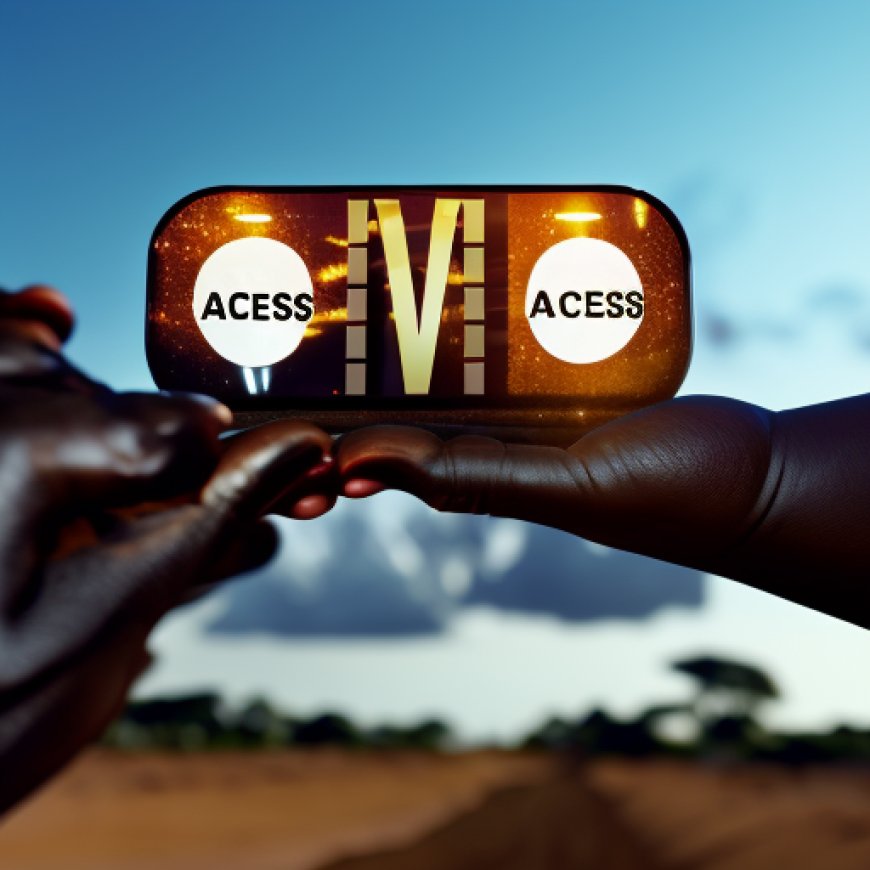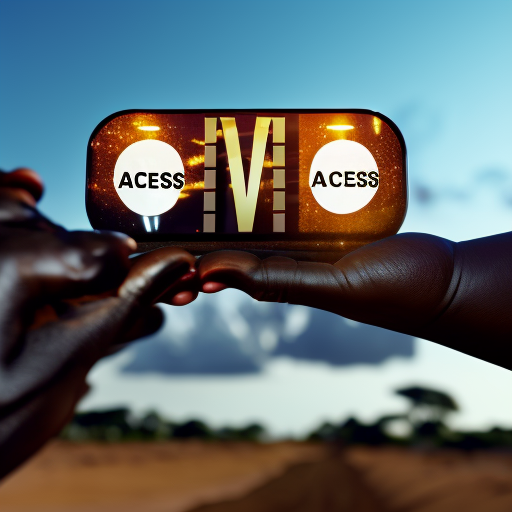Access to safe drinking water is a human right – ILO – Ghana Business News
Access to safe drinking water is a human right - ILO Ghana Business News


Halfway through the Water Action Decade: ILO Calls for Urgent Action on Safe Drinking Water and Sanitation
Introduction
Billions of people still lack access to safe drinking water and sanitation, according to the International Labour Organisation (ILO). As we reach the midpoint of the Water Action Decade, urgent action is needed to fulfill the promises made by nations to achieve a water-secure world. This report highlights the critical importance of safe and adequate water and sanitation, and emphasizes the role of the Sustainable Development Goals (SDGs) in addressing this global challenge.
The Human Right to Water and Sanitation
In 2010 and 2015, the United Nations General Assembly (UNGA) recognized the human rights to safe drinking water and sanitation, respectively. These rights are integral to the 2030 Agenda for Sustainable Development and its 17 SDGs. The human right to water ensures that everyone, without discrimination, has access to sufficient, safe, acceptable, physically accessible, and affordable water for personal and domestic use. This includes water for drinking, sanitation, washing, food preparation, and personal and household hygiene. Similarly, the human right to sanitation guarantees physical and affordable access to safe, hygienic, secure, socially and culturally acceptable sanitation facilities that provide privacy and ensure dignity.
The Obligation to Protect Human Rights
Member States have an obligation to protect these rights, which are derived from the right to an adequate standard of living. However, there are still millions of people worldwide who lack access to safe drinking water and sanitation. This not only violates their human rights but also has devastating consequences, particularly in terms of child mortality. As we are now more than halfway towards the timeline of Agenda 2030, it is crucial to revamp efforts and work towards achieving universal access to safe water and sanitation in order to meet SDG 6 by the end of this decade.
Conclusion
The ILO Director-General, Mr. Gilbert F. Houngbo, calls for urgent action to fulfill the human rights to water and sanitation. It is imperative that nations take immediate steps to drive the transformation towards a water-secure world. By prioritizing the SDGs and working collectively, we can ensure that safe drinking water and sanitation are no longer out of reach for millions of people worldwide.
Sources:
- Ghana News Agency (GNA)
SDGs, Targets, and Indicators
-
SDG 6: Clean Water and Sanitation
- Target 6.1: By 2030, achieve universal and equitable access to safe and affordable drinking water for all.
- Target 6.2: By 2030, achieve access to adequate and equitable sanitation and hygiene for all and end open defecation, paying special attention to the needs of women and girls and those in vulnerable situations.
- Indicator 6.1.1: Proportion of population using safely managed drinking water services.
- Indicator 6.2.1: Proportion of population using safely managed sanitation services, including a handwashing facility with soap and water.
Analysis
The article highlights the issues of inadequate access to safe drinking water and sanitation, emphasizing their critical nature and the importance of addressing them urgently. These issues are directly connected to SDG 6: Clean Water and Sanitation, which aims to ensure universal access to clean water and sanitation by 2030.
Specific targets under SDG 6 that can be identified based on the article’s content include:
- Target 6.1: By 2030, achieve universal and equitable access to safe and affordable drinking water for all.
- Target 6.2: By 2030, achieve access to adequate and equitable sanitation and hygiene for all and end open defecation, paying special attention to the needs of women and girls and those in vulnerable situations.
The article mentions the indicators that can be used to measure progress towards these targets:
- Indicator 6.1.1: Proportion of population using safely managed drinking water services.
- Indicator 6.2.1: Proportion of population using safely managed sanitation services, including a handwashing facility with soap and water.
These indicators reflect the need to ensure not only access to water and sanitation facilities but also their safety, affordability, and adequacy.
Table: SDGs, Targets, and Indicators
| SDGs | Targets | Indicators |
|---|---|---|
| SDG 6: Clean Water and Sanitation |
|
|
Behold! This splendid article springs forth from the wellspring of knowledge, shaped by a wondrous proprietary AI technology that delved into a vast ocean of data, illuminating the path towards the Sustainable Development Goals. Remember that all rights are reserved by SDG Investors LLC, empowering us to champion progress together.
Source: ghanabusinessnews.com

Join us, as fellow seekers of change, on a transformative journey at https://sdgtalks.ai/welcome, where you can become a member and actively contribute to shaping a brighter future.








